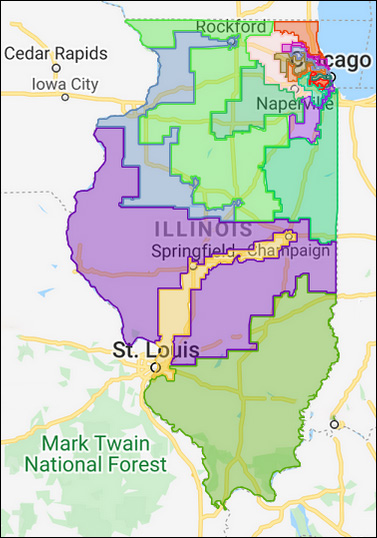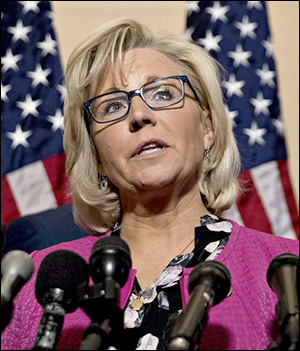Jan. 6, 2022 — From Illinois Black Panther Party co-founder to 30-year member of Congress, US Rep. Bobby Rush (D-Chicago) after the first of the year announced that he will not seek a 16th term next year. Rush becomes the 24th Democrat to leave the House either for retirement or seeking another elective office. A 25th Democratic seat, that of the late Rep. Alcee Hastings (D-FL), will be filled next week (Jan. 11) in a special election.
Bobby Rush co-founded the Illinois chapter of the Black Panther Party in 1968, but left for the Democratic Party in 1974. He was elected to the Chicago City Council in 1983, and then to the US House in the 1992 election. In addition to his civil rights activism and background, his claim to national fame was defeating then-state Sen. Barack Obama in the Democratic congressional primary of 2000.
Obama, of course, would go onto win the US Senate election in 2004, and the presidency in 2008. Interestingly, former President Obama is not the only recent president who lost a race for the House of Representatives. Bill Clinton and George W. Bush also failed to win a district contest.
Illinois’ 1st District is heavily Democratic, even in its new form that meanders farther away from its south Chicago population anchor. The new 1st stretches all the way to the city of Wilmington, some 60 miles from the traditional heart of IL-1.
Likely anticipating that Rush would retire, seven Democrats had previously announced their 2022 candidacies, but none are elected officials. With the incumbent retirement now official, we can expect a number of Chicago Democratic politicians to enter the open race. As many as 11 sitting state and local officials are being mentioned as possible candidates in addition to Lt. Gov. Julianna Stratton.
Regardless of who files before the March 14 candidate declaration deadline, the June 28 Democratic primary winner will easily claim the seat in November. While the new 1st is a bit more Republican than Rep. Rush’s current CD, the new district is still overwhelmingly Democratic and majority minority under the Democratic legislature’s gerrymandered map. According to the FiveThirtyEight statistical site, the new 1st is a D+41, down from the current 1st District rating of D+47.
Of the 24 Democratic incumbents not seeking re-election, 17 are retiring and seven are seeking another office, from US Senate and governor to state attorney general and big city mayor.






